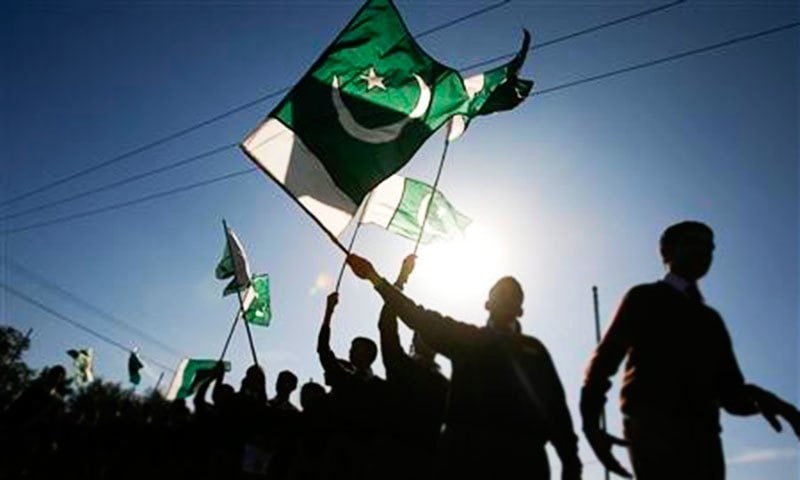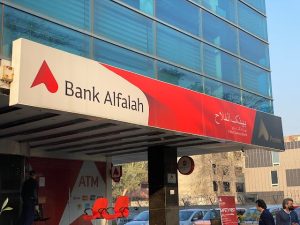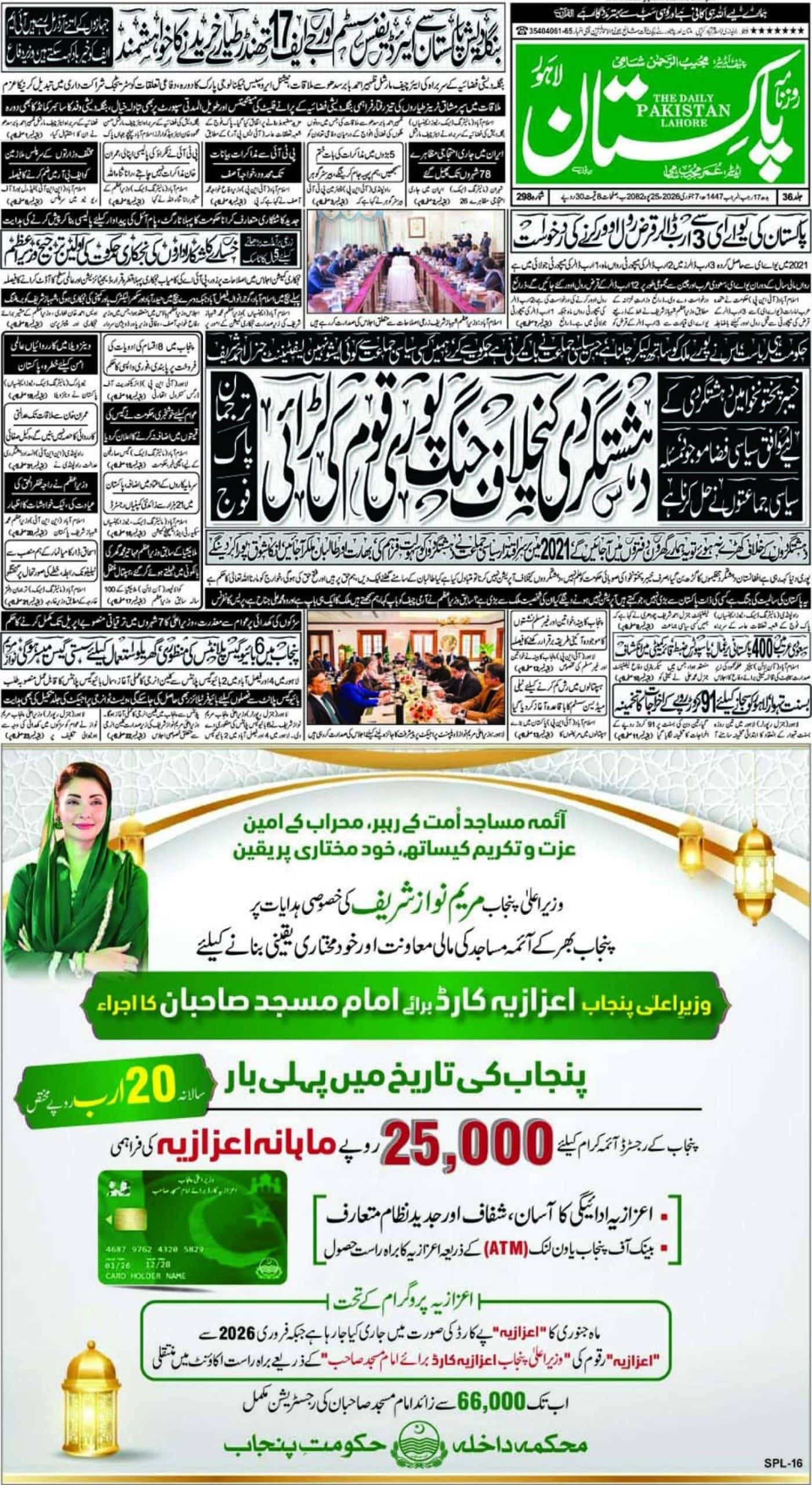A GROUNDSWELL of support for the PTI and recent by-election results make the fate of other parties an increasingly important topic. It is still important to consider how the PML-N and PPP, the two major political parties still with national aspirations, will fare in the future.
Some people may only care about what happens to their family and their leadership. The ability of the next leadership to adapt and maintain the party spine of first- and second-rank MPs will determine the parties’ destiny.
This familial perspective on survival appears to yield less rewards with each succeeding generation. Due to two leadership changes in the previous years, the PPP’s electoral base decreased geographically (from Benazir to Zardari, and with the ongoing one from Zardari to Bilawal).
The PML-N base has been difficult for Shehbaz Sharif to maintain, and it seems more likely that the party’s election prospects have been negatively impacted by Nawaz Sharif’s exclusion from active politics.
Do these tendencies portend a shift toward a party dominating not just one but multiple upcoming elections? PTI supporters continue to believe that if free and fair elections are conducted soon, a two-thirds majority, if not more, is within their reach.
These expectations have a solid foundation given the success of the by-elections. In the Punjab provincial assembly elections, PTI candidates performed admirably, and Imran Khan easily won virtually every seat he campaigned for.
However, Pakistan’s political history teaches us that hegemony by one party or the establishment tends to run its course; occasionally through the pressure of the populace, and occasionally through the military’s intervention. 1969 and 2007 are examples of the former, where citizens mobilised to weaken an incumbent regime and pave the way for a new political dispensation; 1977 and 1999 are examples of the latter, where a dominant party was elbowed out under the risk that it would lose power.
One thing about our political environment that has remained mostly consistent is the fact that no single arrangement can reconcile all of society’s political divisions.
If there is one thing that is fairly consistent in Pakistan’s political landscape, it is the fact that no single arrangement is ever going to be able to hide all of the real political divisions in society. There are several instances of this, but one from recently is the “same-page” rule that was in place from 2018 to 2022.
Opposition parties were kept at away by leadership disqualifications and NAB proceedings, but they continued to matter in local and by-elections throughout this time. Similar to this, the political prospects of the new opposition party have only become more promising despite the PTI’s overthrow and the installation of a new “same-page” government.
This is at least a portion of the narrative in several seats, according to a thorough examination of the by-election results in Punjab. The PML- N’s vote share has decreased along with the national turnout, while the PTI’s vote share has remained stable. This is connected to the “sales pitch” of the parties as well: in light of the challenging economic climate, the government parties have little to offer people, but the opposition parties may pledge better times, self-respect, freedom, etc.
Therefore, a portion of the PML-N and PPP’s near future depends on the degree of voter indifference at the next election as well as the challenges the PTI will encounter once it returns to power and performs at whatever level.
However, multiparty rivalry still exists for a different purpose. And it has to do with the real, palpable social divisions that exist in Pakistani society, just like they do in every other country. Can one party encompass all competing interests under one large tent? Can Pakhtuns and Baloch be appropriately represented by the same party in Balochistan? Sindhis and speakers of Urdu? Punjab’s rural and urban middle classes? Deobandis and Barelvis in every state?
Does it have enough room to hold all of the constituency politicians, who have built successful careers competing against one another in elections and building small-pocket followings?
Out of resentment for the existing quo, it is possible to temporarily bring a sizable portion of the electorate together around one leader.
Ethnic conflicts may also fade away in some regions of the nation in the not-too-distant future as a more unified national identity takes hold. However, other deeply ingrained divisions between social groups, religious sects, and geographic locations will probably always be significant and will eventually come to pass.
Considering the Indian National Congress, which is the nation’s oldest political organization. It helped establish an independent state by energising the Indian populace. After gaining independence, it enjoyed complete administrative authority over the whole state’s resources. But within ten years, the communists won a provincial election in Kerala.
This demonstrates that in a nation where elections determine who governs, the PML-N and the PPP’s future is unquestionably not dependent on their ability to maintain support from the establishment but rather on their ability to remain relevant, legitimate, and connected within various real social divisions.
If these areas are not successful, there may be room for the emergence of a new party, the repositioning of an existing one, or even a split within the ruling party. However, there will always be room for resistance in the political system.














